How to host a winning corporate event

Mark reveals how he successfully organized a two-day corporate event for multiple clients.
“You should have a client conference.”
This simple comment from a board meeting set some serious wheels in motion - despite creating a dilemma. Immediately, it became clear to me that the right thing to do was to proceed, but I had no idea if our small company would be able to pull it off.
In my prior enterprise-focused company, we held large-scale corporate events with our best customers' senior executives. I had seen firsthand the positive impact such events had on our relationships and our ability to work with these customers. Having this with our clients at Nexient would be amazing.
On the other hand, if we held such an event, would anyone come? And what would we present? With our cash flow still tight at this point, I was also concerned about the budget and whether we’d see a return on the investment. We even explored hosting a virtual event, but ultimately decided on an in-person format.
After discussing the idea with my entrepreneurial executive team, we decided to go for it. If we managed to pull it off, it would create something immensely valuable for the company. We even came up with a name for our conference. I’ve previously discussed how giving a new idea a name helps it take flight. In this case, we decided “Nexus” was the perfect name for an event that would bring people together.
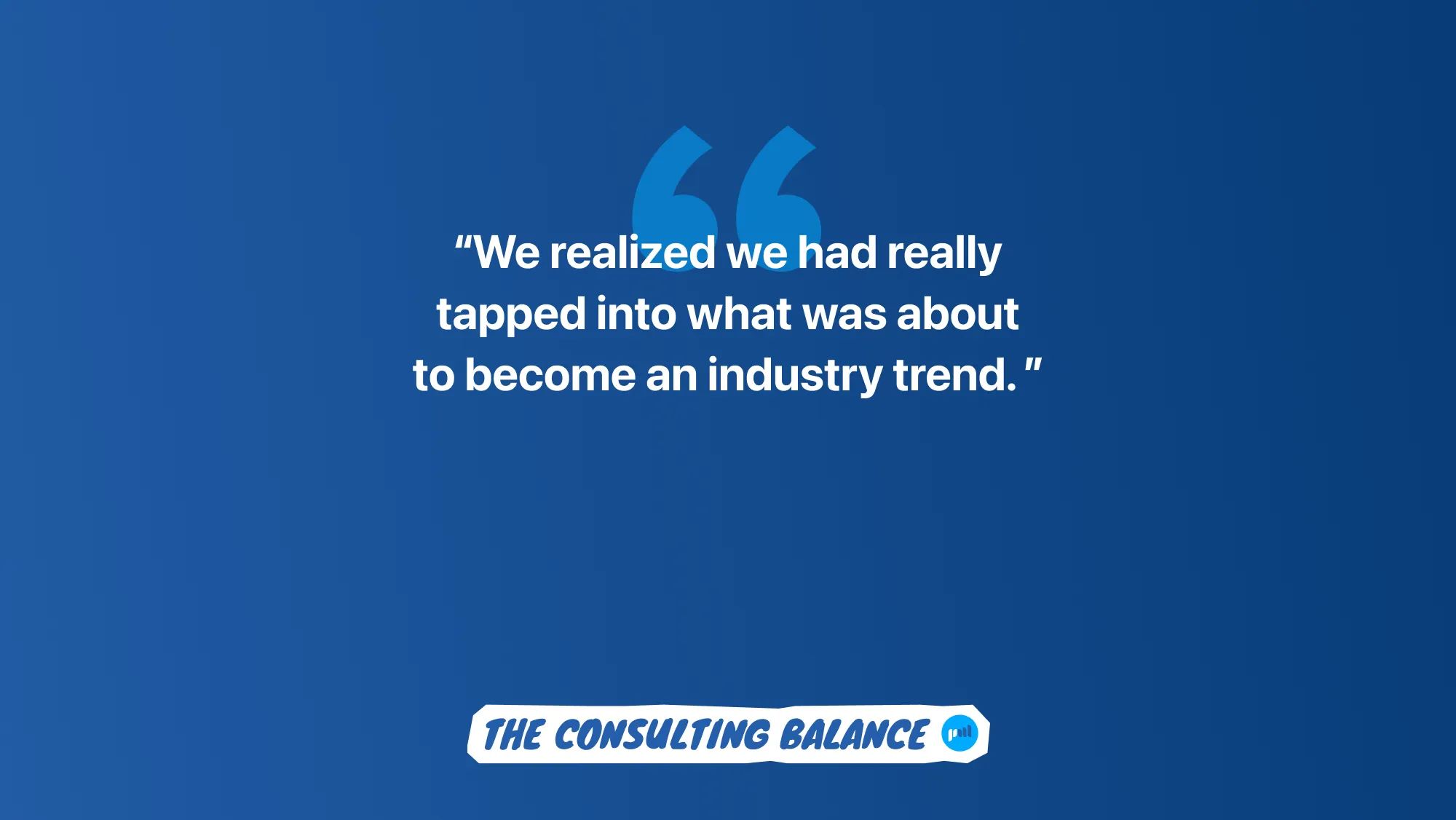
Addressing the demoralizing details
We agreed that we could use our individual client innovation days as a model to build on. We agreed that we could use our individual client innovation days as a model to build on. Essentially, our concept was to hold a similar corporate event over two days with multiple clients at once. This actually reflected how we approached software development.
We were early adopters of the Agile methodology, and this event was a good example of how we applied those fundamentals to activities beyond our daily operations. In this case, we tested the waters with smaller innovation days for a single client and proved that it worked. The next step meant bringing five to ten clients together for the same type of event, further fostering team building and collaboration among them.
With the name and loose format decided, we next needed to figure out where to hold our event. Our clients unanimously loved the wine country portion of our innovation days, so we decided to stick with that.
Our small marketing and event planning team got to work, and I personally took on finding the perfect spot—no hardship for me. Hamel Family Winery, with its unique family-run vibe and stunning views, was ideal. It also had a library room that held around 20 people, perfect for hosting our corporate event. While they didn’t frequently host corporate events, we were able to rent the entire property mid-week, creating an intimate setting for our clients.
Finding presenters
Our next challenge was to recruit some startups to present as keynote speakers. We used similar criteria to what we had for our corporate events during innovation days:
- We wanted the founder, CEO, or CTO to do the presentation. This feels more authentic and less of a sales pitch;
- We wanted technologies that were visually interesting so that they demoed well;
- We wanted cutting-edge but production-ready so interested clients could enter a trial.
However, we faced a classic “chicken and egg” problem: to make the conference attractive to clients, we needed startups to commit. However, to attract startups, we needed clients to sign up. We leaned on our event planners and strong relationships with startup founders, leveraging connections through our leadership and board members, who were willing to take a chance on our corporate event. This helped us bridge the gap and build momentum for the conference.
Two more challenges remained:
- What to discuss
- How to get clients to come
1. What to discuss
With the presentations from startups pinned down, we turned to ourselves and what we would offer on top of two nice days away. We decided to kick everything off with a keynote to flex our thought leadership. So far, we had been explaining our product-centric development process at a high level, comparing our product mindset to an IT mindset.
This conference would be a great opportunity to expand on this and get more feedback from our target audience. We broke it down into the problem we were trying to solve (how to get enterprises to move like startups and deliver consumer-grade experiences) followed by our approach as a solution (small cross-functional teams working in Agile sprints to regularly release new features and focus on growing revenue).
We’d already had some positive initial feedback, but this was the first time we’d dedicate 90 minutes to the topic with a room (hopefully) full of clients. It was terrifying to say the least.
It turned out that when we did the keynote, people all agreed that this was one of the central problems they were trying to solve. We realized we had profoundly tapped into what was about to become an industry trend.
2. How to get people to come
The final piece of the puzzle was to ensure clients came. We aimed to get close to ten clients there as we figured this was a good size for great conversations. It took everyone on our field and leadership teams to lean on their existing client relationships - especially for East Coast clients.
Requesting them to spend two days on the West Coast was quite a significant commitment, as after travel, they’d be taking almost three days out of their week. To help with this, we scheduled the event close to the weekend, hoping that people would see it as an opportunity to extend their trips.
As an additional incentive, we also invited clients to bring a guest. If they didn’t have to explain to their partner why they’d be gone for three to five days in wine country, we thought they’d be more likely to accept.
In the end, we attracted nine client attendees from seven companies, which, combined with startups and our team, made for a successful event.
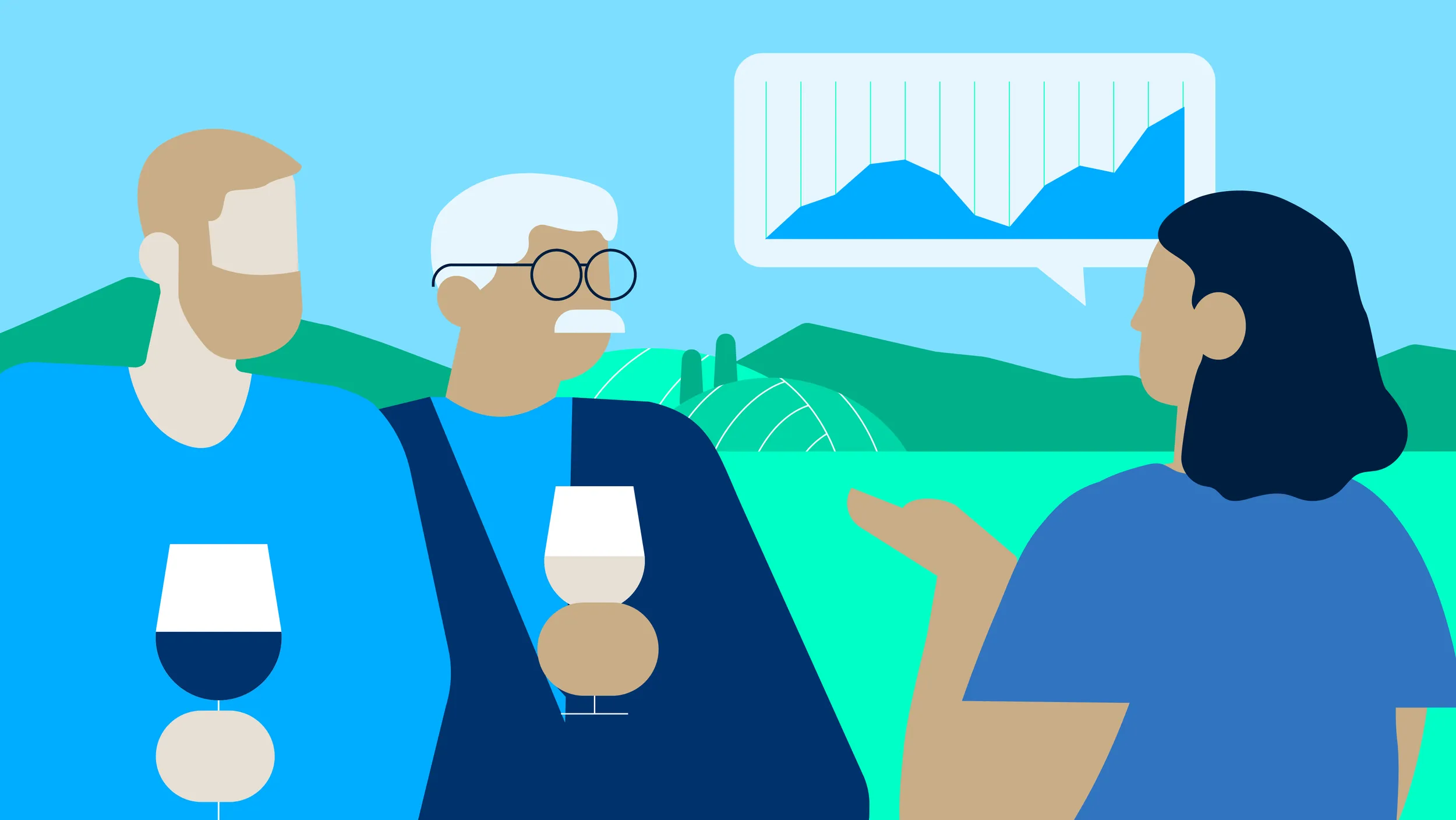
The power of a conference and how to make it happen
By pulling off this first Nexus conference successfully, we had created an expectation that we’d do this again every year. We also created a valuable sub-brand for Nexient.
If you’re looking to do something similar, these are my tips:
- Just get started - when we first started thinking about whether to do this and if we could succeed, there was a long list of reasons why it wouldn’t work or was too risky. Luckily, we ignored all those and dove in. We broke the problem down into many sub-parts and worked our way through each in parallel.
- Lean on relationships - hopefully, you’ve got some exceptionally strong relationships with partners and clients that you can appeal to. We had to lean on our connections quite a bit to get both the startup founders and the clients to join our first conference. Luckily, we had enough strength in these relationships to pull this off.
- Ideas can take on a life of their own - we knew there was some energy around the product-centric approach to enterprise application development but we weren’t sure exactly what it was. By putting our concept forward, we were seen as leaders. Just having a first draft of a concept is enough to get a group of smart clients to help you refine it and begin to shape it into an industry-leading offering.
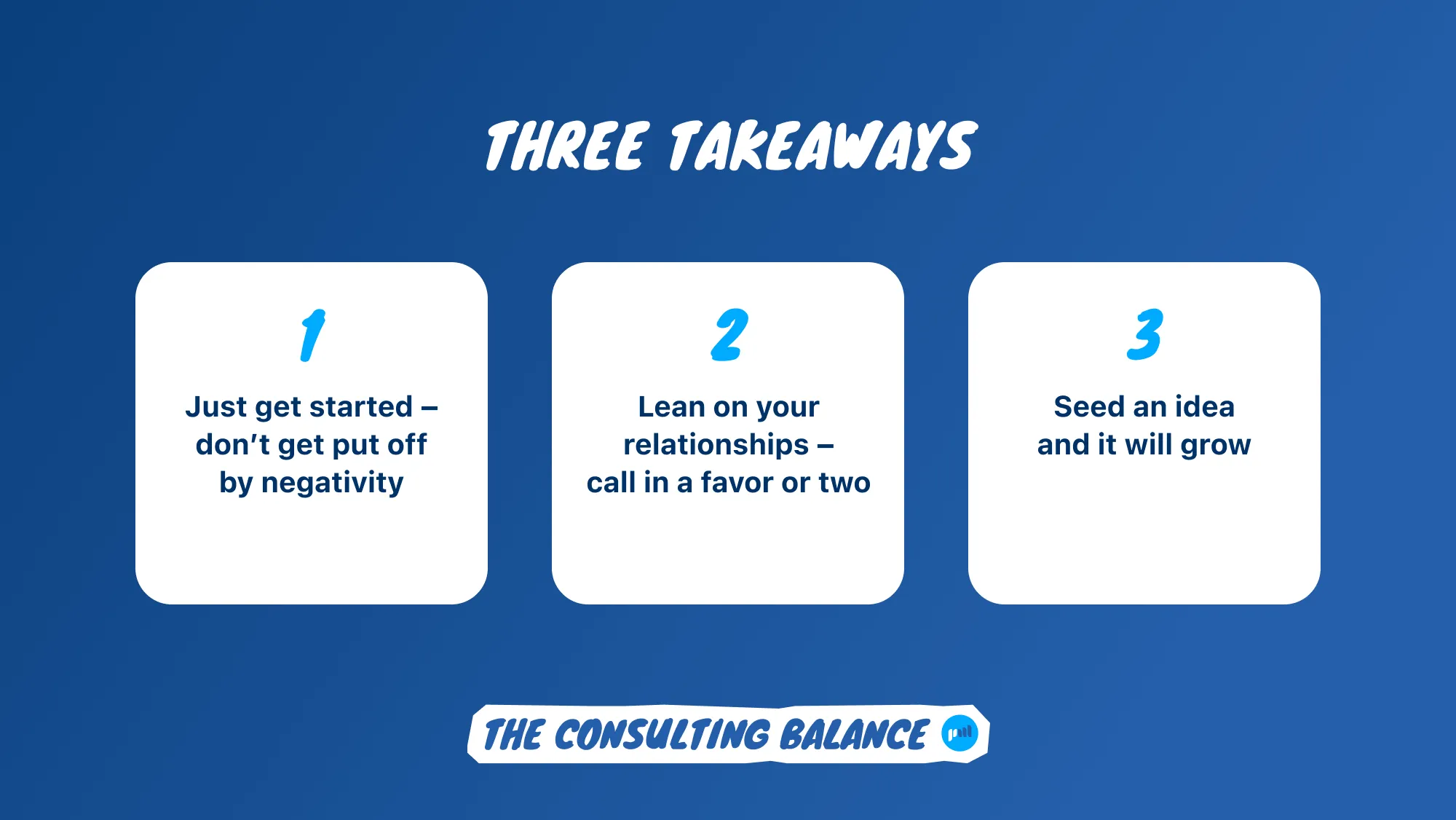
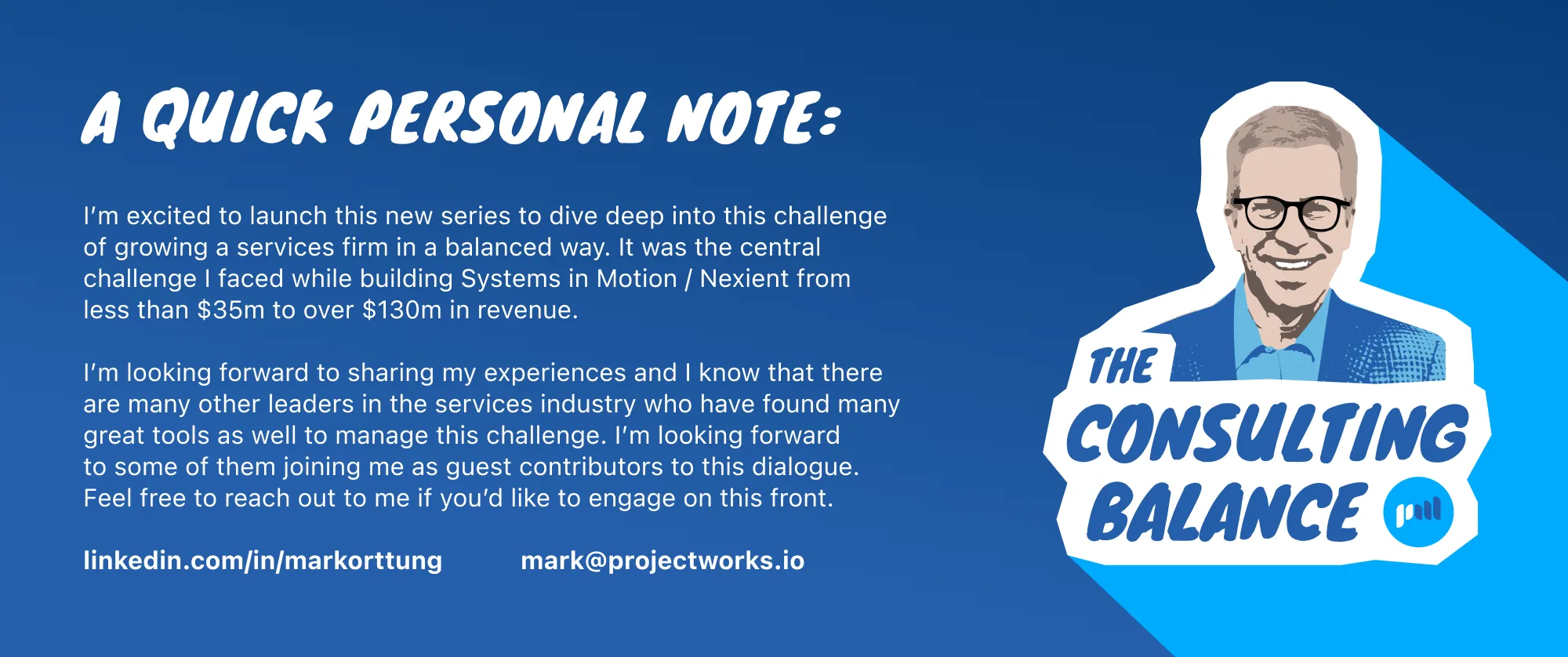
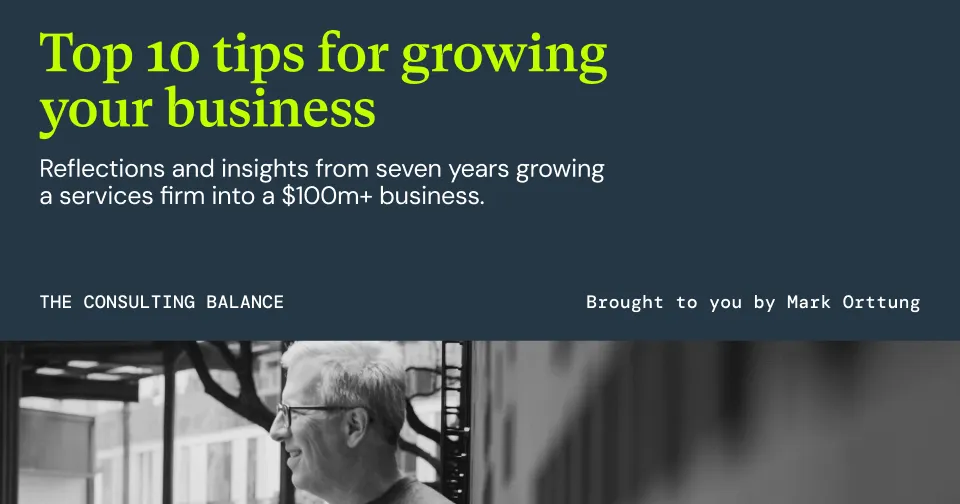
.webp)
